Imagine this: you’re showering your cat with love, cuddles, and endless head scratches, but suddenly, your furry friend slinks away, tail twitching, eyes narrowed. Was it something you did? Could it be that your cat, the very creature famous for indifference, has actually had enough? It’s a surprising idea, but yes—cats, just like people, can become emotionally overwhelmed if they receive too much attention. Understanding this hidden side of feline feelings can help us create a happier, more harmonious home for our whiskered companions.
The Nature of Feline Independence
Cats have a long-standing reputation for being independent creatures. Unlike dogs, who often crave constant company, cats enjoy their alone time. This independence is part of their wild ancestry; solitary hunting and self-sufficiency are in their DNA. Many cats seek out affection on their own terms, and will retreat when they feel they’ve had enough. Pushing a cat for attention when it clearly wants to be alone can lead to stress or even defensive behaviors. It’s important to respect these signals, as cats are not ignoring us out of spite—they simply need space to recharge.
What Does ‘Emotionally Drained’ Mean for a Cat?
When a cat is emotionally drained, it means they feel mentally or emotionally exhausted. This can happen if they’re exposed to constant stimulation, whether it’s petting, playing, or being handled. Just as people can feel tired after too much social interaction, cats can also become overwhelmed. Signs of emotional exhaustion in cats might include hiding, decreased appetite, or general withdrawal. Recognizing these signs is crucial so that we don’t unknowingly stress our cats. Sometimes, less is more when it comes to feline affection.
Recognizing the Signs of Overstimulation
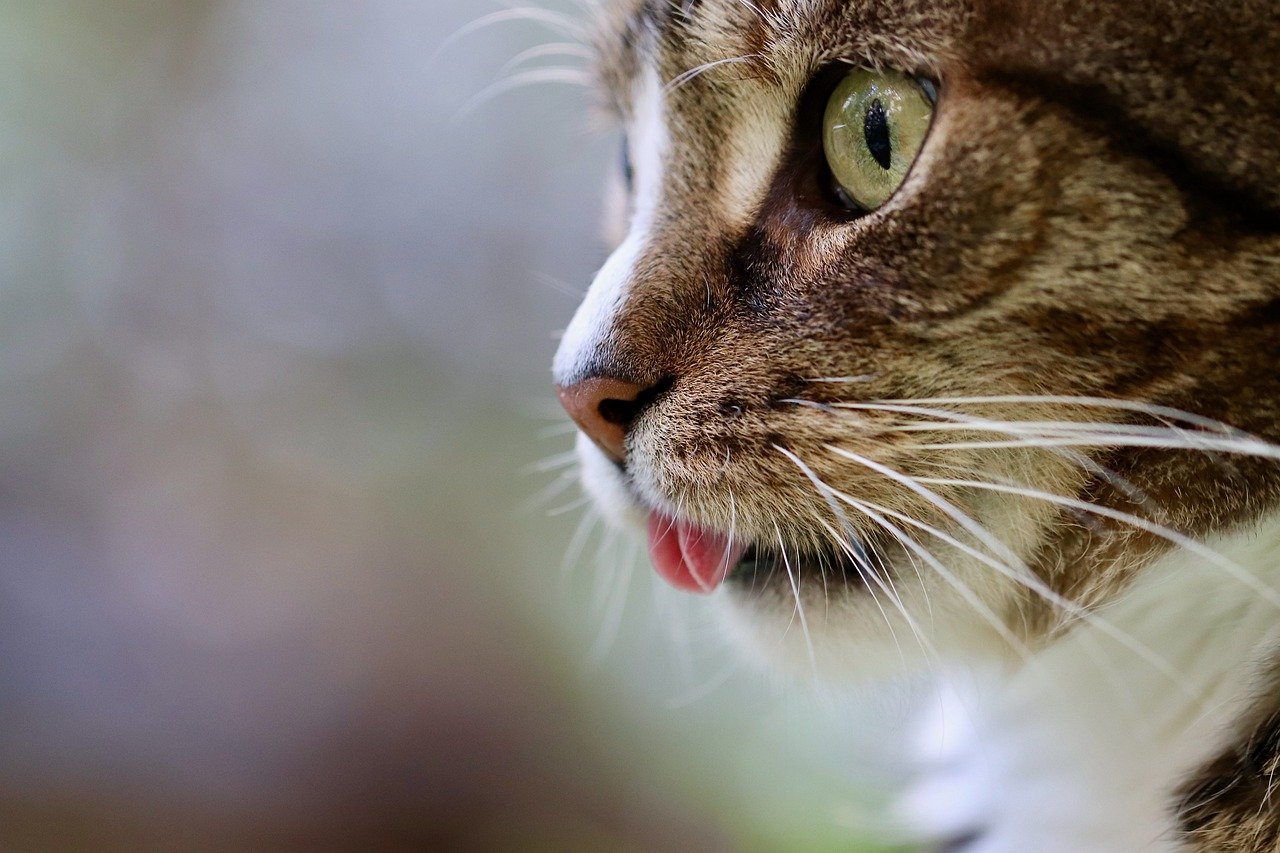
Cats are masters at subtle communication. If your cat suddenly starts twitching its tail, flattening its ears, or swatting at your hand, it’s likely signaling overstimulation. Other signs might include dilated pupils, quick head turns, or even a sudden bite after a period of calm petting. These are not acts of aggression, but rather pleas for a break. If you notice these behaviors, it’s best to stop interacting and give your cat some space. Learning to spot these cues can prevent misunderstandings and keep your cat happy.
Why Some Cats Crave More Attention Than Others
Not all cats are created equal when it comes to affection. Some breeds, like the Siamese or Ragdoll, are known for their social, needy personalities, while others, such as Persians or Russian Blues, might prefer solitude. Past experiences also play a big role. A cat that was well-socialized as a kitten may be more tolerant of attention, whereas a cat that grew up alone might shy away from too much handling. Respecting your cat’s unique personality is key to building trust and avoiding emotional fatigue.
The Role of Routine in Emotional Well-being
Cats are creatures of habit, and they find comfort in predictable routines. Sudden changes in the amount of attention they receive can cause stress. For example, if you go from being away all day to suddenly showering your cat with attention, it might be overwhelming. Maintaining a balanced routine—offering playtime, quiet time, and alone time—helps your cat feel secure. Consistency gives cats a sense of control over their environment, reducing emotional drain.
How Kittens and Adult Cats Differ
Kittens are bundles of boundless energy, but they also need plenty of rest and alone time. While they might seem to crave constant play, even kittens can become overstimulated. Adult cats, on the other hand, often have well-established boundaries. They may become emotionally drained more quickly than their younger counterparts. Understanding these developmental differences helps tailor your approach. Giving kittens and adult cats the right amount of attention ensures their emotional health at every stage.
The Importance of Safe Spaces
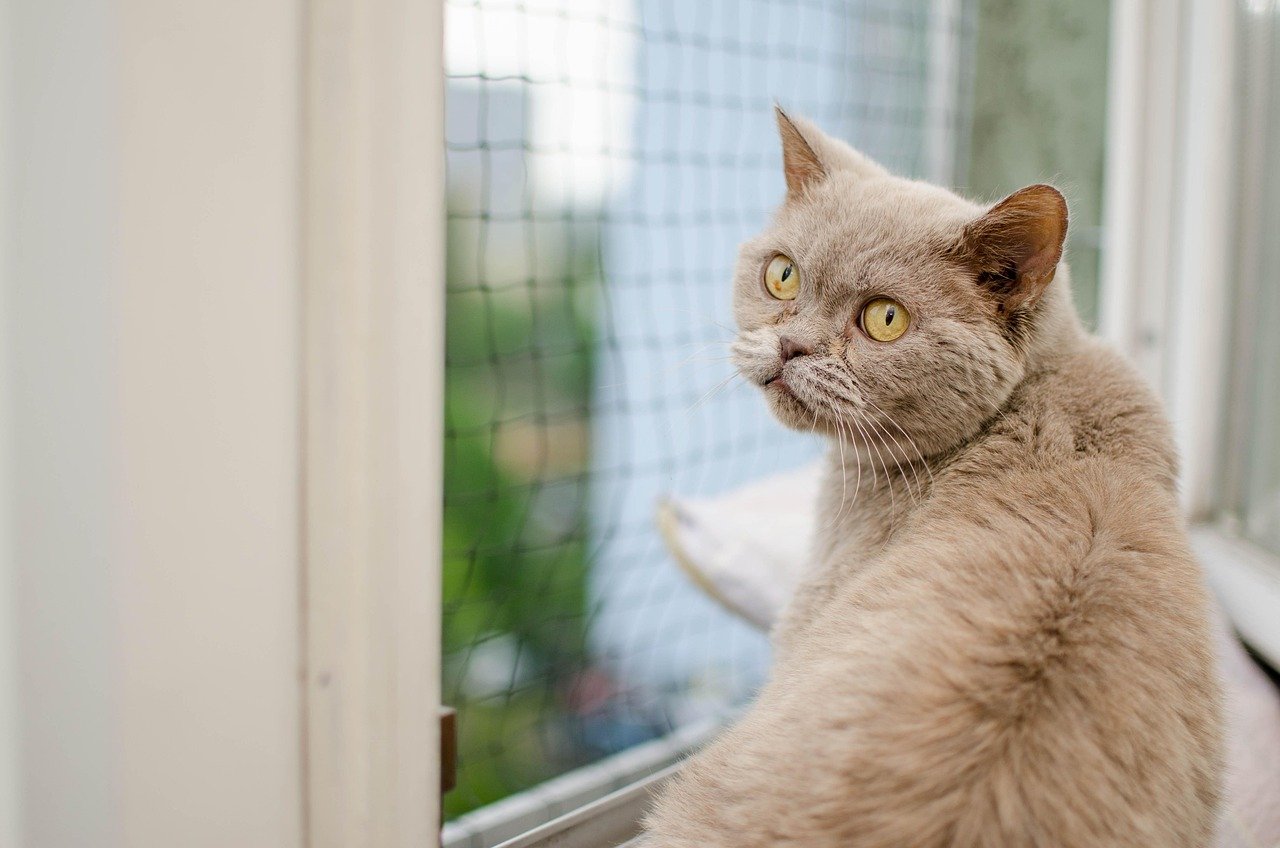
Every cat needs a place to retreat and recharge. Whether it’s a cozy box, a quiet room, or a perch high above the action, safe spaces allow cats to decompress. These areas should be off-limits to other pets and people when your cat retreats there. Respecting these sanctuaries reduces stress and prevents emotional exhaustion. Think of it as your cat’s private getaway—essential for their mental health and happiness.
How Too Much Physical Contact Affects Cats
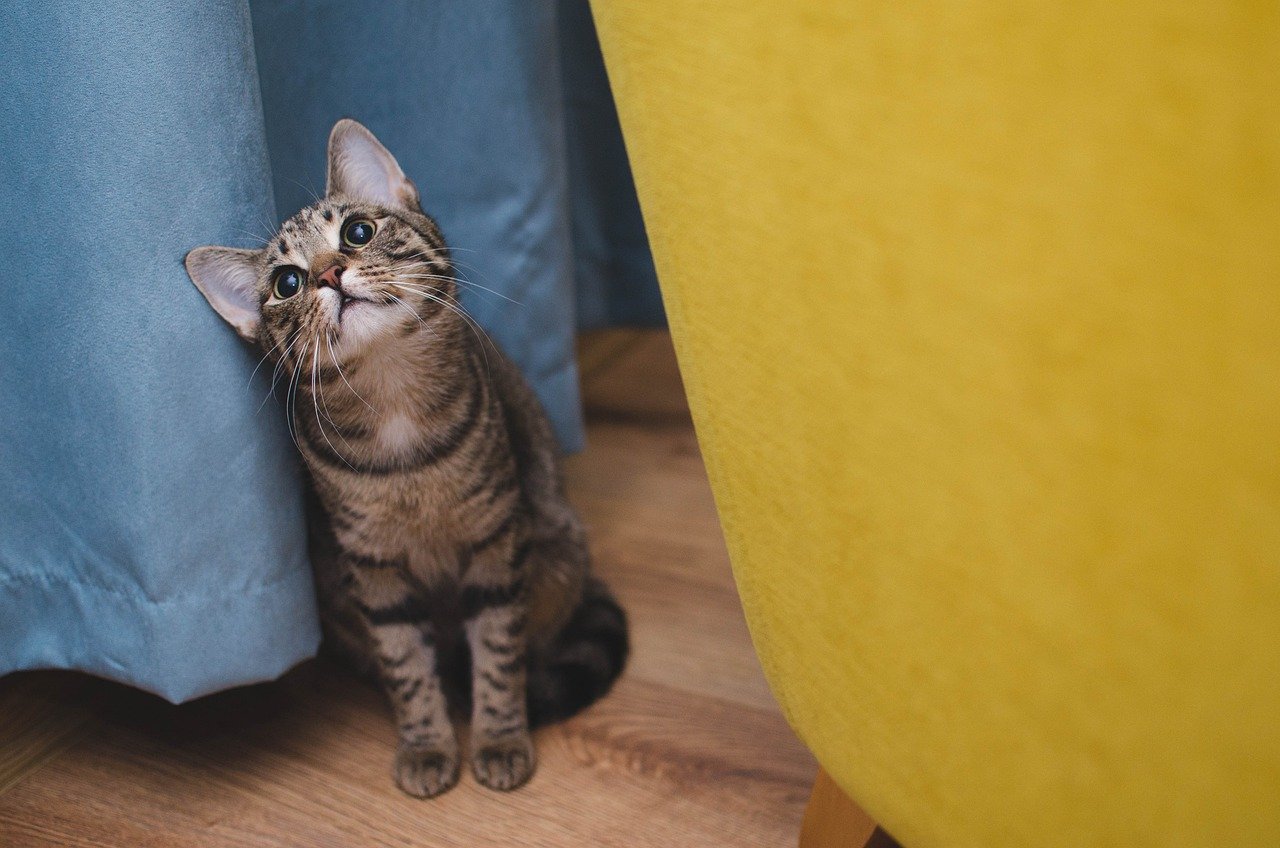
While some cats love to be petted for hours, others prefer minimal touch. Too much physical contact can overload a cat’s senses, making them feel trapped or anxious. This is especially true for cats that are not used to being handled. If your cat starts squirming, hissing, or trying to escape, it’s a clear sign that they’ve had enough. Listening to these signals ensures that your cat feels safe and respected.
The Impact of Environmental Stimulation
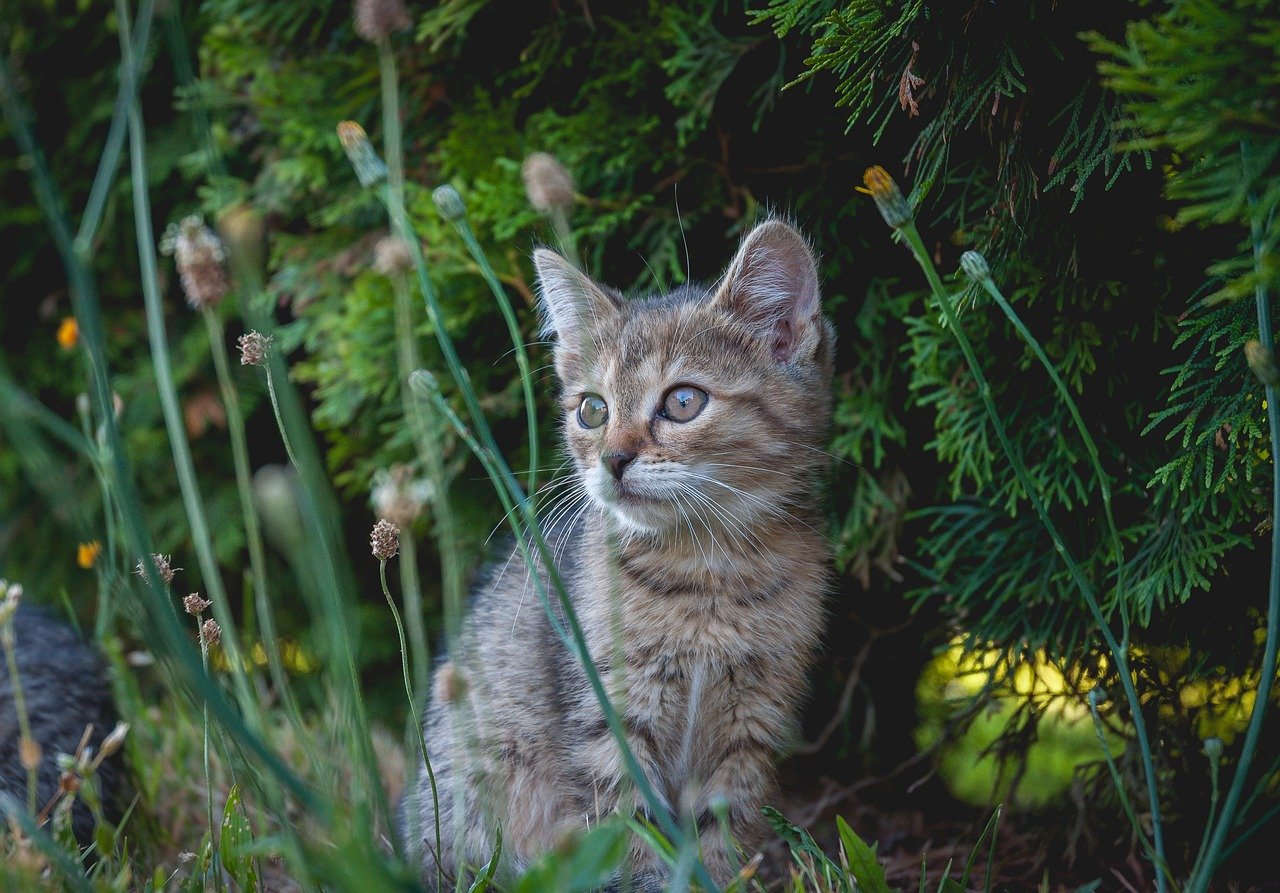
It’s not just human attention that can overwhelm cats. Loud noises, unfamiliar guests, or changes in the home can all contribute to emotional stress. Even well-meaning activities like frequent play sessions or new toys can be too much if not balanced. Creating a calm, predictable environment helps cats relax and recharge. Sometimes, simply reducing background noise or providing a quiet corner can make a world of difference.
The Role of Play in Emotional Balance
Playtime is essential for a cat’s physical and emotional well-being, but even this can be overdone. Too many play sessions or rough interactions can leave a cat frazzled. Short, gentle playtimes spaced throughout the day are often best. Watch your cat’s body language for signs of fatigue—if they walk away or stop engaging, it’s time to let them rest. Play should be a source of joy, not stress.
Understanding Cat Body Language
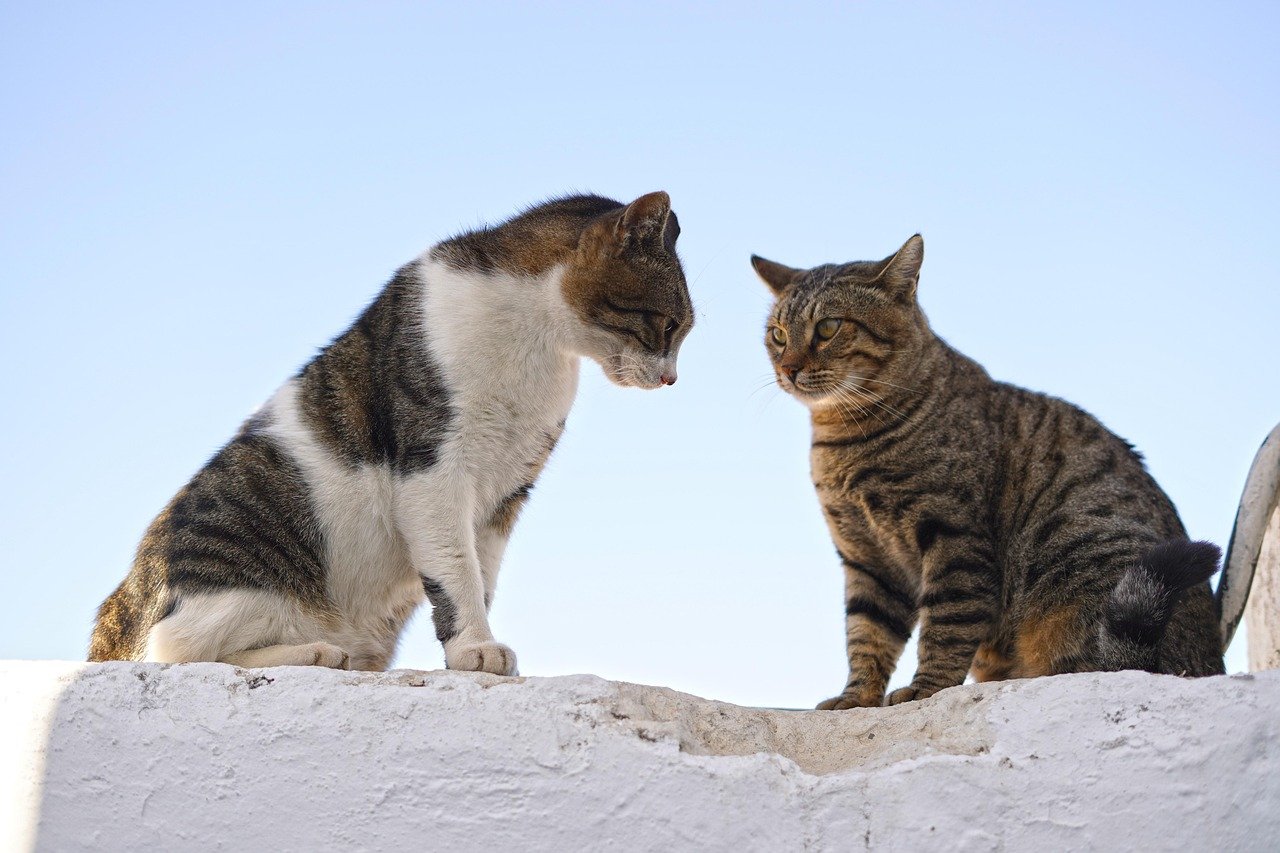
Cats communicate their needs through subtle movements and postures. A relaxed cat will have soft eyes, a slow-blinking gaze, and a loosely swishing tail. Tense muscles, rapid tail flicks, or a crouched posture signal discomfort or overstimulation. By tuning into these signals, you can adjust your level of interaction and prevent emotional overload. Think of it as learning a new language—one that deepens your bond with your cat.
The Link Between Emotional and Physical Health
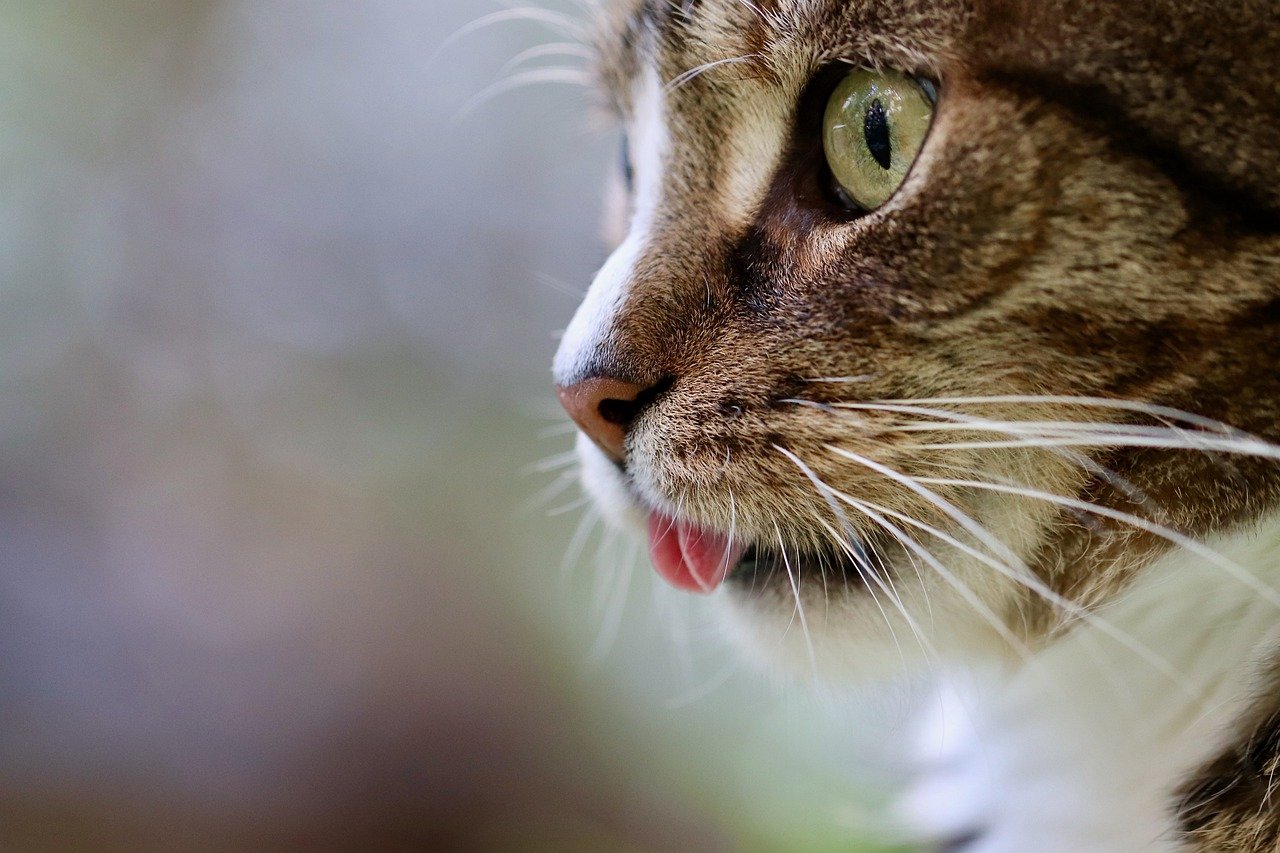
Emotional exhaustion doesn’t just affect a cat’s mood—it can impact their physical health as well. Stressed cats may develop digestive issues, grooming problems, or even infections due to a weakened immune system. Over time, chronic stress can lead to more serious health concerns. Prioritizing your cat’s emotional well-being is just as important as providing food or medical care. A happy cat is a healthy cat.
When Affection Turns Into Stress
It’s easy to think that more love is always better, but with cats, this isn’t always true. Too much affection, especially when unwanted, can lead to anxiety or even aggressive behaviors. Overly affectionate handling can make some cats feel cornered or suffocated. Balancing affection with respect for your cat’s boundaries fosters trust. Remember, a cat that walks away isn’t rejecting you—they’re protecting their own peace.
The Benefits of Letting Cats Come to You
One of the simplest ways to avoid emotionally draining your cat is to let them initiate contact. When a cat seeks you out for petting or play, they’re in the right frame of mind for attention. This approach not only reduces stress but also strengthens your bond. It shows your cat that you respect their needs and are willing to wait for their affection. In time, you may find your cat seeking you out more often.
How Multiple Cats Handle Attention Differently
In multi-cat households, each cat has its own threshold for attention. Some may crave constant interaction, while others prefer solitude. It’s important to observe each cat individually and respect their unique preferences. Forced group play or shared attention can lead to jealousy or stress. Providing separate spaces and one-on-one time helps each cat feel valued and prevents emotional exhaustion.
The Dangers of Ignoring Your Cat’s Signals
When we overlook or misunderstand our cat’s signals, we risk damaging the relationship. Cats that feel repeatedly overwhelmed may become withdrawn, hide more often, or act out with hissing or biting. Over time, this can erode trust and make future bonding difficult. Paying attention to your cat’s cues shows that you value their well-being. It’s a small effort with big rewards—a happier, more relaxed feline friend.
How to Create a Balanced Attention Schedule
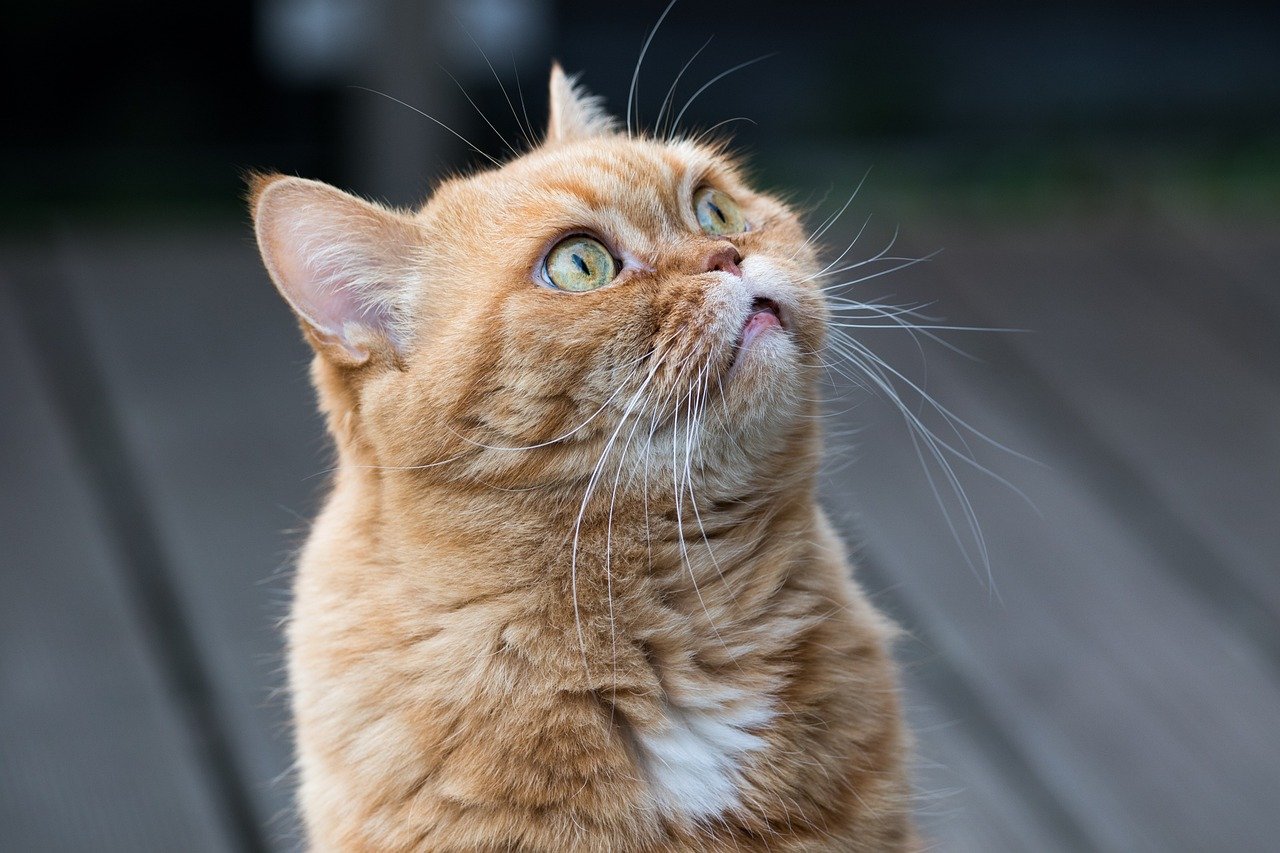
A balanced schedule of interaction helps prevent emotional drain. Try setting aside regular times for play, petting, and quiet companionship. Watch your cat’s reactions and adjust as needed. If your cat seems restless or avoids you, it might be time to dial back the attention. Flexibility is key—what works one day might not work the next. The goal is to create a routine that meets your cat’s needs without overwhelming them.
Using Enrichment to Prevent Boredom and Burnout
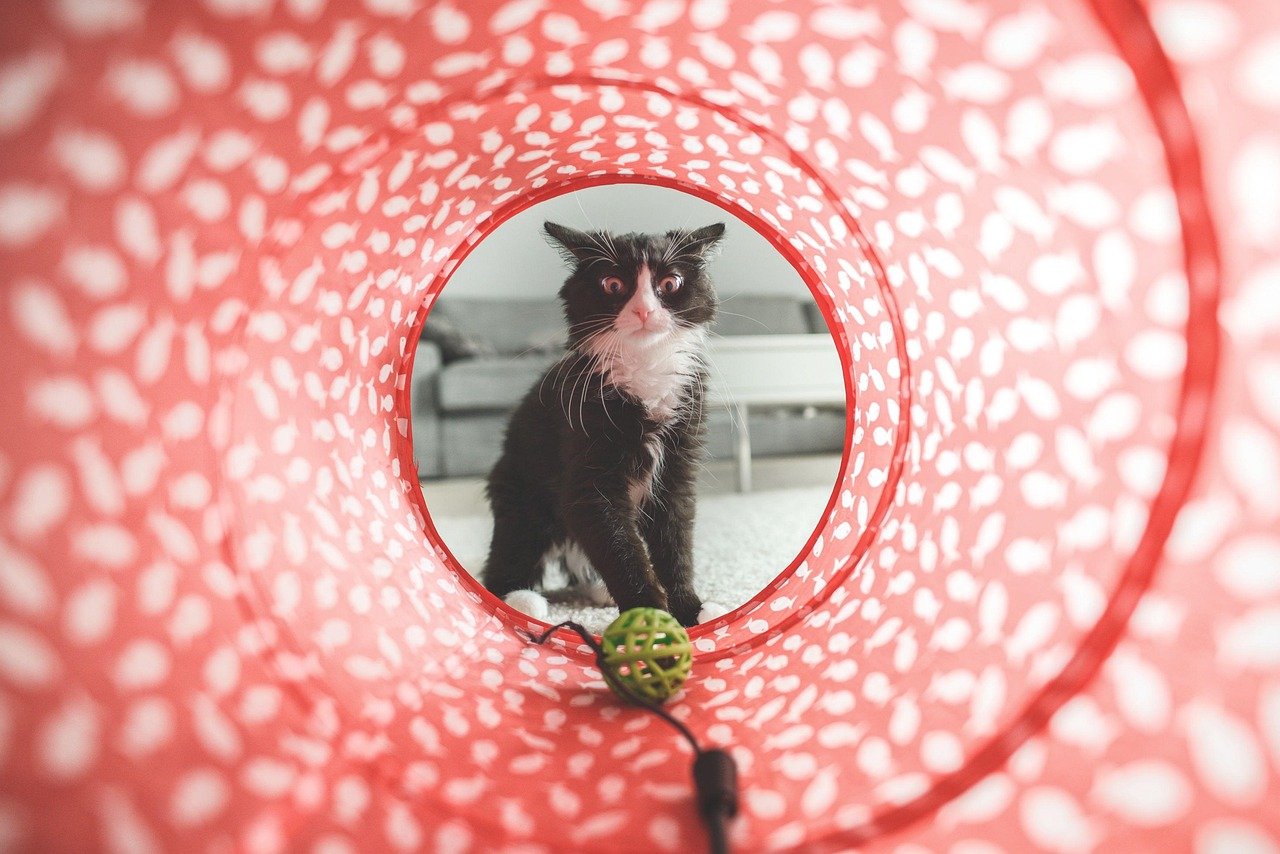
Mental enrichment—like puzzle toys, window perches, or interactive feeders—offers stimulation without requiring constant human attention. These activities let cats engage their minds and bodies independently. Enrichment can help prevent boredom-related behaviors and reduce the risk of emotional exhaustion. It’s a win-win: your cat stays happy and healthy, and you don’t have to be “on call” all day.
The Role of Patience in Feline Relationships
Building a strong, trusting relationship with your cat takes patience. Some days, your cat may be a social butterfly; other days, they might want nothing to do with you. Respecting these shifts—and responding with understanding rather than frustration—fosters a deeper bond. In time, your cat will learn that you’re a safe, reliable presence. Patience is the secret ingredient to a fulfilling, stress-free relationship.
When to Seek Professional Help
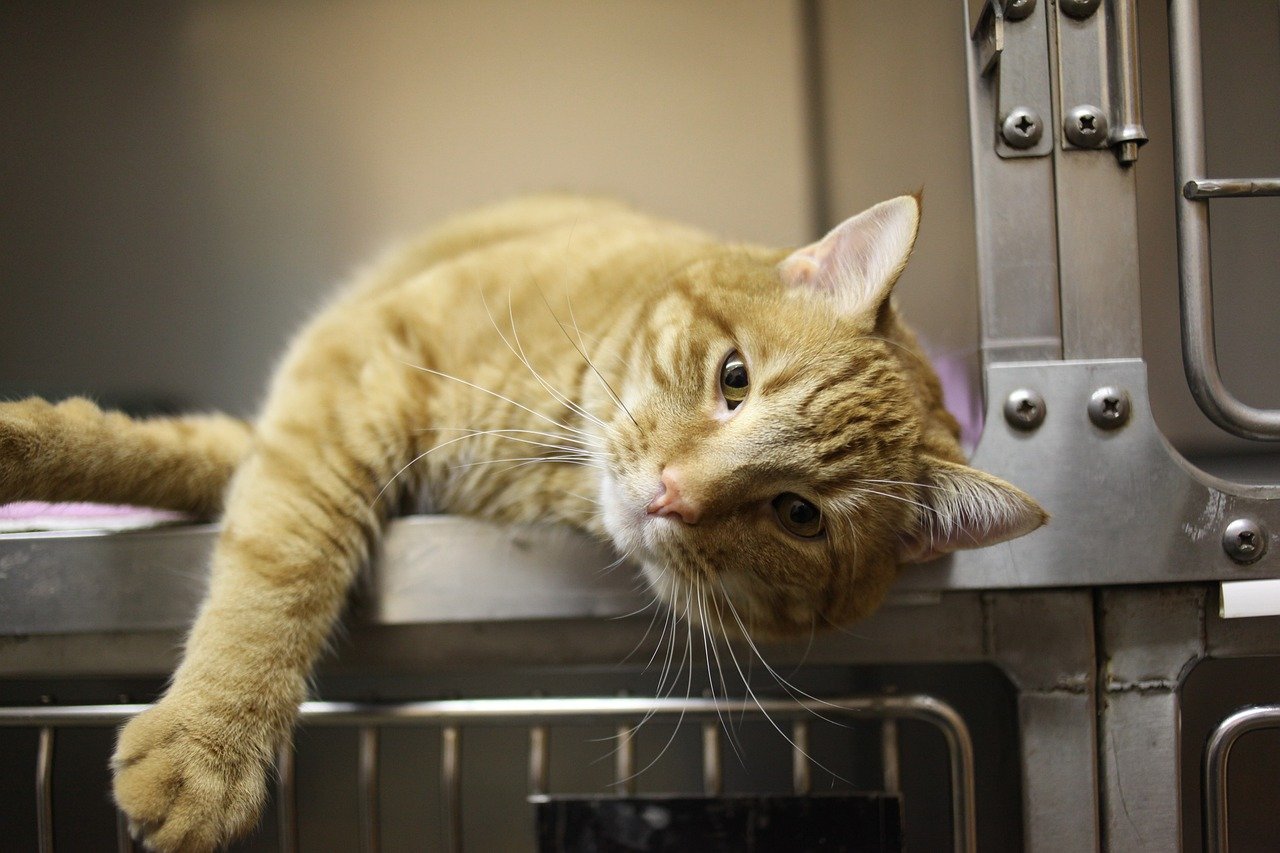
Sometimes, emotional exhaustion in cats can be a sign of a deeper issue. If your cat shows persistent signs of withdrawal, aggression, or illness, it may be time to consult a veterinarian or feline behaviorist. Professional guidance can help identify underlying problems and develop strategies to support your cat’s emotional health. Don’t hesitate to ask for help—your cat’s well-being is worth it.
Celebrating the Unique Needs of Every Cat
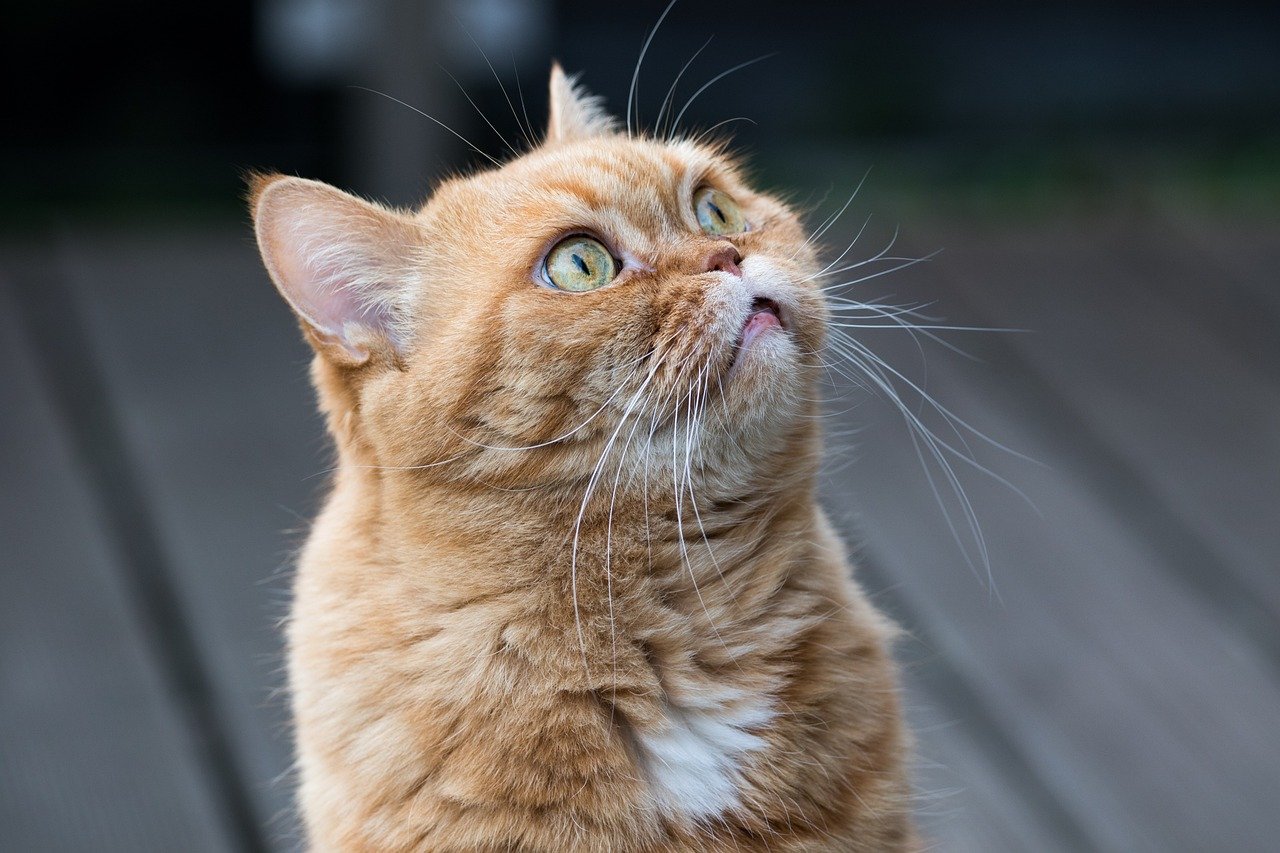
Every cat is an individual, with its own quirks, boundaries, and needs. Embracing this individuality is the key to a happy, harmonious home. By tuning into your cat’s cues and respecting their need for space, you’ll build a relationship based on trust and mutual respect. Isn’t it amazing how much our feline friends teach us about patience, empathy, and the beauty of quiet connection?
Hi, I’m Bola, a passionate writer and creative strategist with a knack for crafting compelling content that educates, inspires, and connects. Over the years, I’ve honed my skills across various writing fields, including content creation, copywriting, online course development, and video scriptwriting.
When I’m not at my desk, you’ll find me exploring new ideas, reading books, or brainstorming creative ways to solve challenges. I believe that words have the power to transform, and I’m here to help you leverage that power for success.
Thanks for stopping by, Keep coming to this website to checkout new articles form me. You’d always love it!






